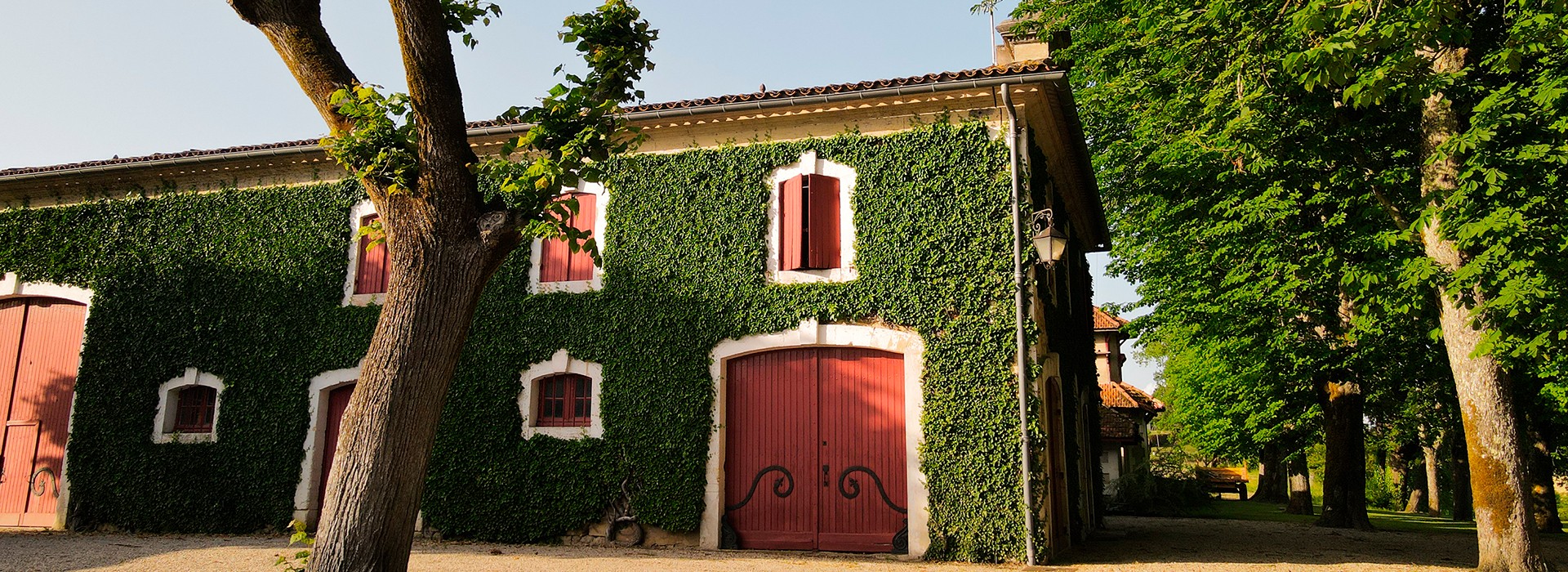The story is beautiful and moving. It is that of a superb property in Saint-Emilion, located just 6km as the crow flies from the Château la Gaffelière managed by Alexandre de Malet-Roquefort and of which he is co-owner with his two brothers and sisters. Nestled in a particularly peaceful environment, set in the hollow of a superb park where the beauty of the umbrella pines and bicentennial cedars is matched only by that of the same ancient species planted in the park of the 1er Cru Classé B. Puyblanquet, it is a castle that was in the Malet-Roquefort family since the 18th century. A place that had been cherished for several centuries when a tragedy forced its sale. We are in 1958 and Alexandre's grandfather dies early. His father, Léo, who was only 24 at the time, had to face very substantial inheritance taxes. Without any other possible choice and reluctantly, he resolves to sell Puyblanquet to the Jacquet family. This will keep it for more than 60 years. And like a happy pirouette of fate, the opportunity will arise in 2020 to buy back the 19 hectares of this magnificent property renowned for the quality of its clay-limestone terroir since the 19th century. “It was one of the rare times I saw my father cry,” says Alexandre with emotion. This deep wound that he had never digested was finally going to be able to close.























